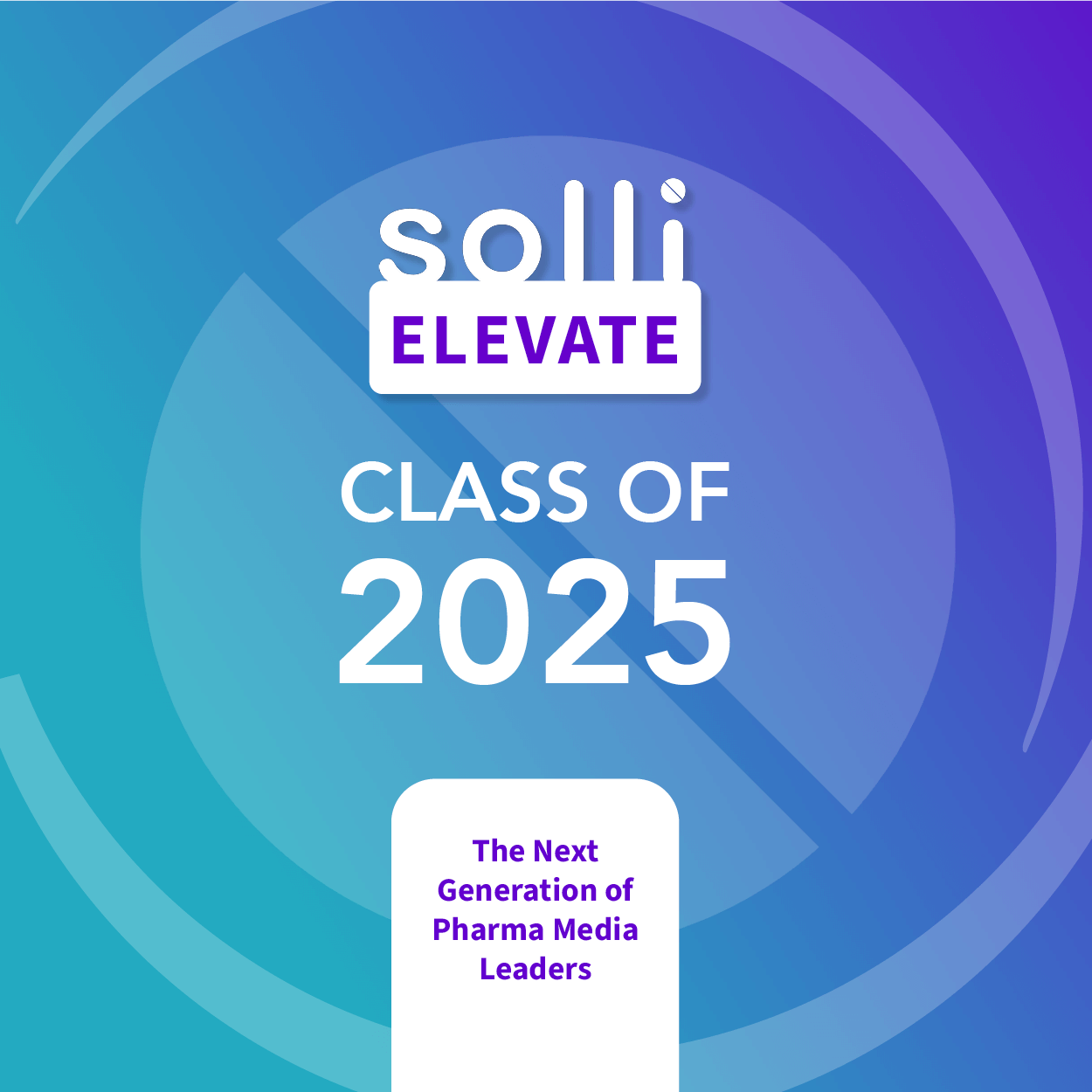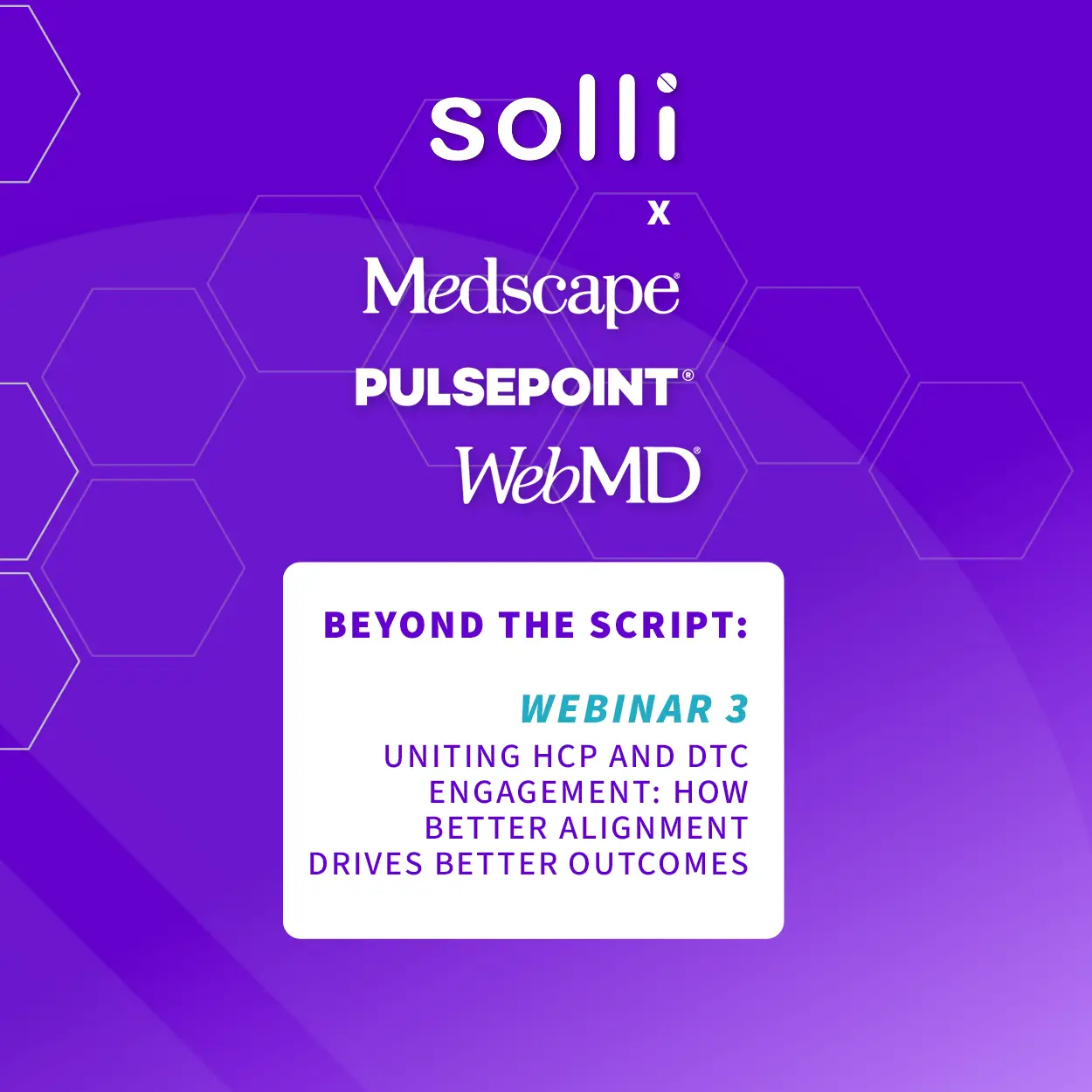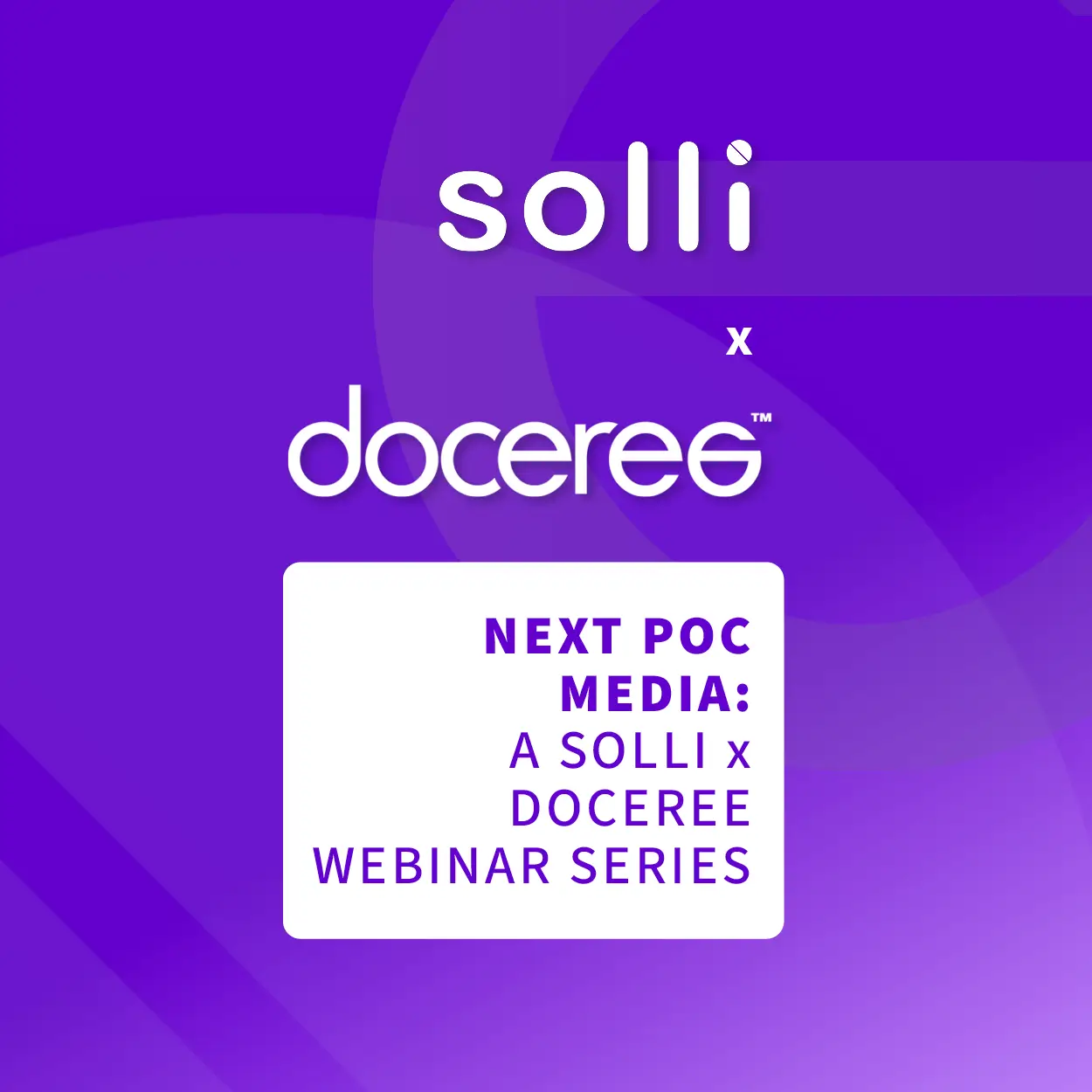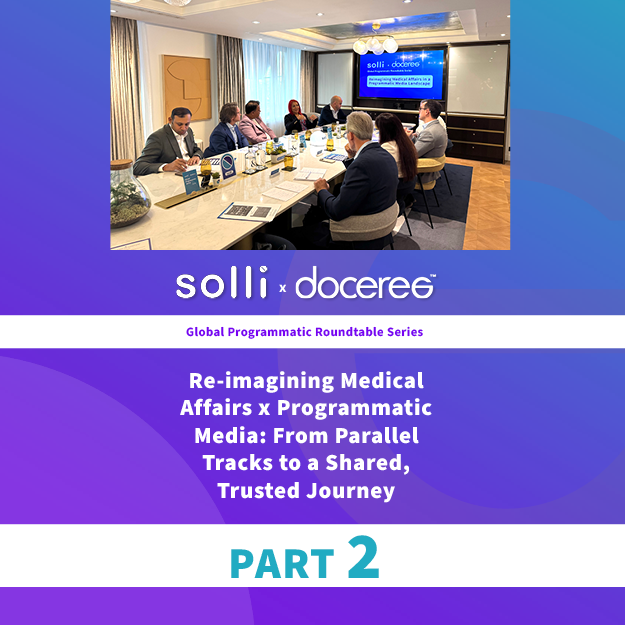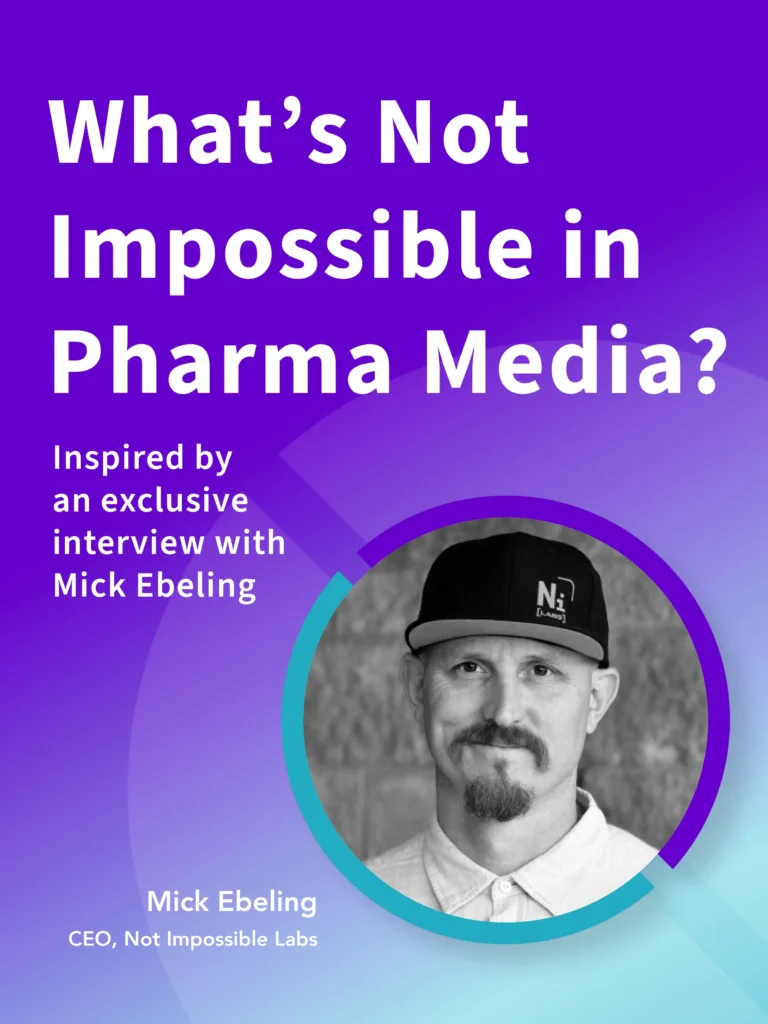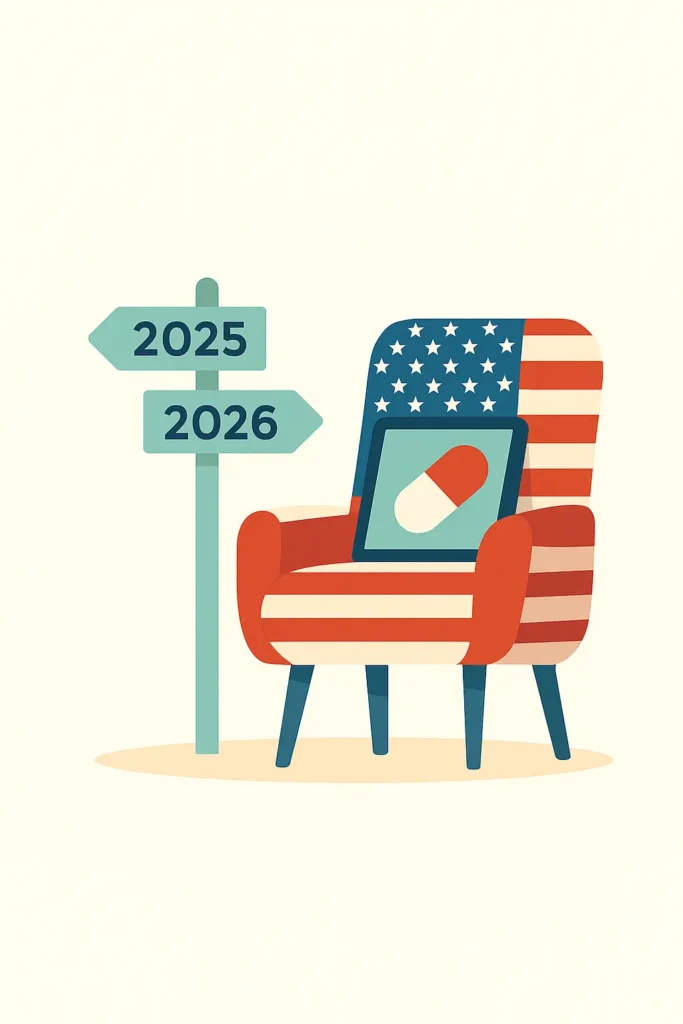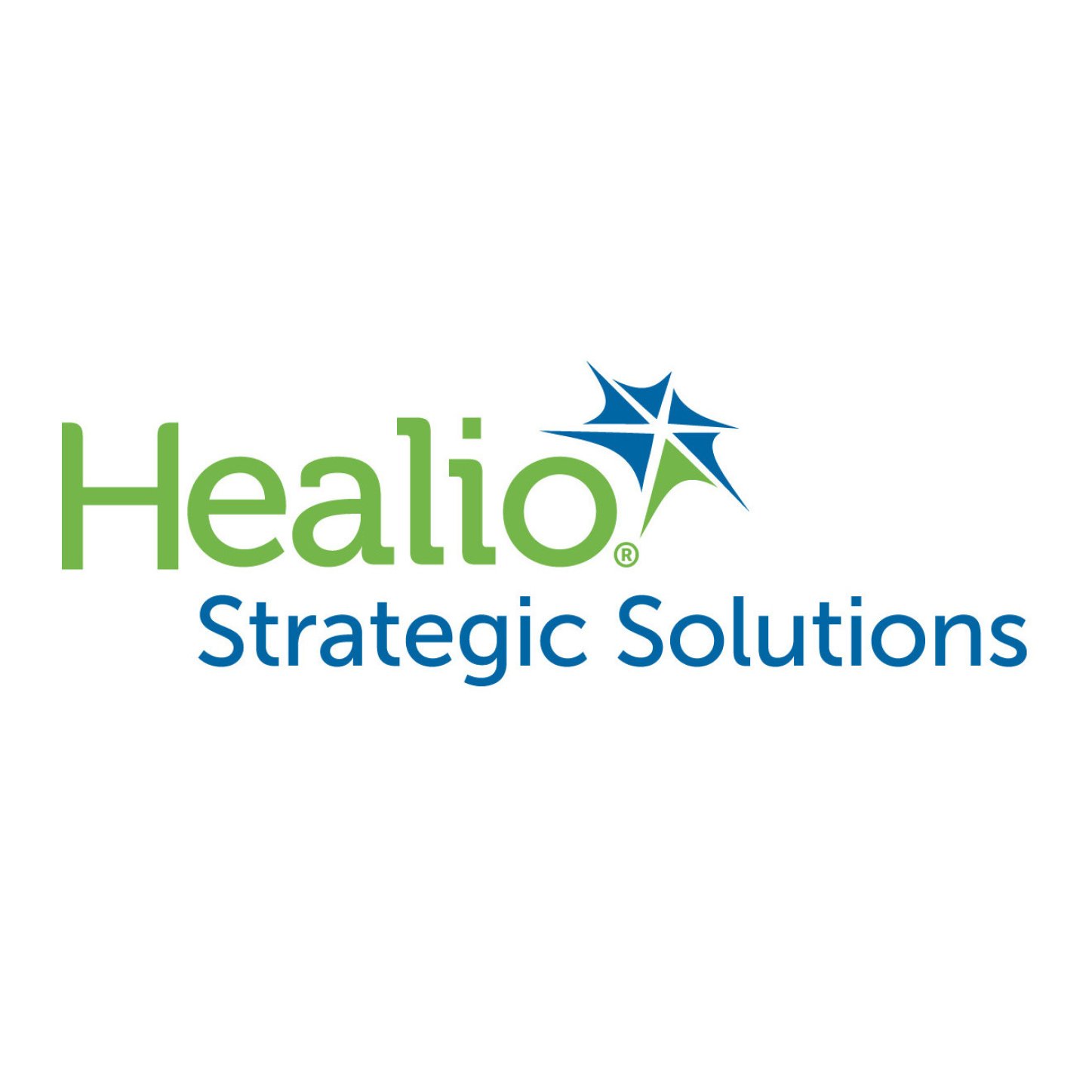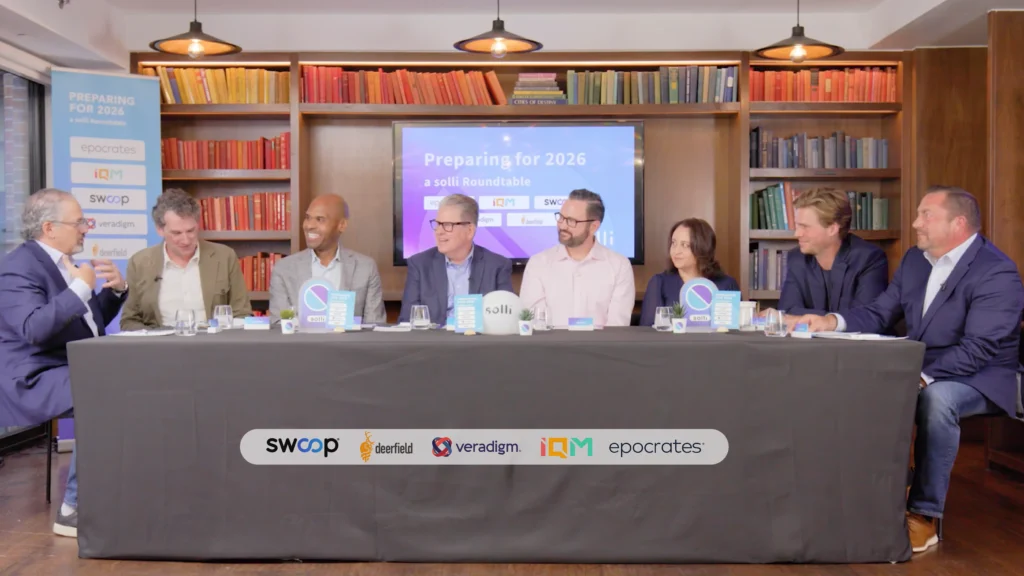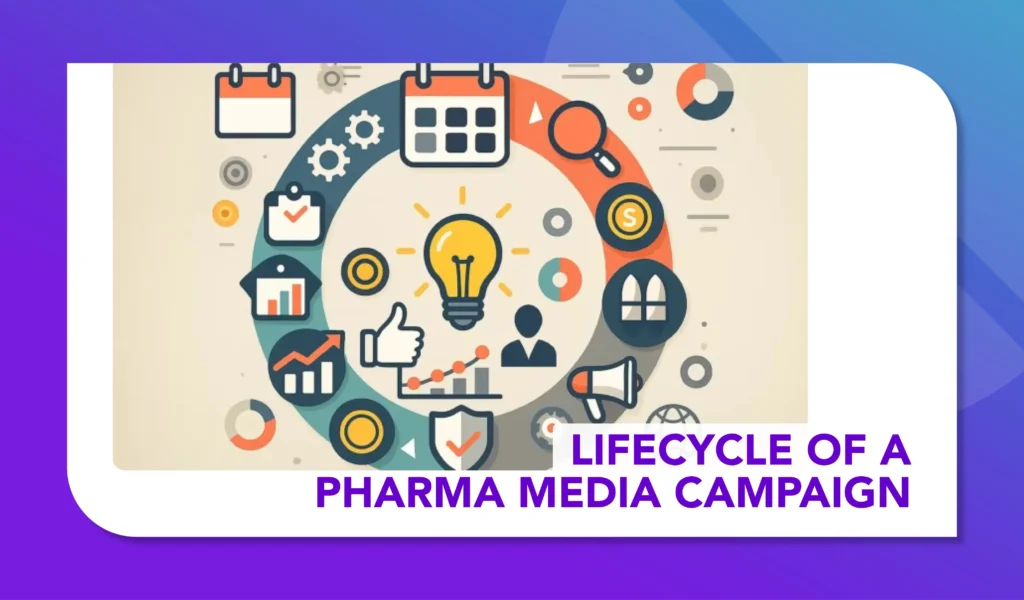The Precarious Balance of Flexibility and Planning in Pharma Media
An exploration of how to navigate a dynamic media world in pharma

The concept of ‘going viral’ isn’t typically a goal for Pharma, but understanding the media behaviors that drive virality is essential.
On a handful of high-impact platforms, content such as trends, filters, music, and dances can rapidly capture global attention before fading just as quickly. This 21st-century whirlwind of fleeting fads, shorter memories, and even shorter attention spans challenges media planners to balance long-term brand presence with the immediacy of short-term responsiveness. Navigating this landscape requires a delicate equilibrium between strategic foresight and agile adaptation.
Similarly, in the reality of pharma media it is not unusual for a senior executive to explain, “We need to pivot.” Suddenly, the campaign timeline that seemed so clear in January is turned on its head. New deliverables are added. Budgets are questioned. Stress levels rise.
These moments — the clash between long-term planning and the need for flexibility — happens more often than it should. Pharma brands live in a world where structure is essential for compliance, and yet, cultural relevance demands agility.
But here’s the truth: Planning and flexibility aren’t enemies. They are co-dependent forces. Get the balance wrong, and you’ll either be stuck in rigidity (unable to react) or caught in chaos (always reacting). But if you strike the balance right, you’ll have the foundations to plan boldly — and the flexibility to react swiftly.
This piece explores that balance, highlighting:
- Why annual planning is essential for profitability, predictability, and agency alignment.
- The dangers of reactive, ad hoc planning — and why it’s not “agility” but disarray.
- How to create a flexible budget and agile model that lets you have the best of both worlds.
Here’s how to stop firefighting and start future-proofing your media strategy.
Why Annual Planning Still Matters (Even in an Age of Agility)
Annual planning isn’t just a legacy hangover. It’s the very thing that gives you permission to be flexible later on. Think of it as the difference between building a house on sand vs. solid ground. If the ground is firm (i.e., your strategy is clear), you have room to adjust and expand. If it’s shaky, every movement puts the whole structure at risk.
Here’s what you get from proper annual planning that no ad-hoc approach can deliver:
1. Certainty and Control Over Media Spend
Annual planning allows you to see your budget holistically. It lets you break down how much to spend on “always-on” activity, campaign bursts, and (crucially) unallocated, flexible spend.
Without an annual plan, budgets are allocated on a whim, often spent on “urgent” requests that drain resources for more impactful campaigns. It’s the difference between proactive strategy vs. reactive firefighting.
2. Locked-In Pricing and Prime Inventory
While there are always last-minute deals to be had, the general rule of thumb in media buying is the earlier you book, the less you pay. Publishers and platforms reward volume commitments with cheaper rates and better inventory.
Want a prominent placement around content from ASCO? Or a category block-out for Type 2 Diabetes on your favourite patient platform? Not only are premium placements highly sought after, but there are deals to be had if you move early.
This isn’t just about money — it’s about choice and control. Lock in premium placements early, and you have access to the best spots. Leave it too late, and you’re left with whatever’s available.
3. Commitment from Your Partners
Annual planning tells your agency, publishers, and media partners:
“We’re serious. We’re committed. You’ll want to prioritize us.”
This means senior agency staff are assigned to your business (not just junior teams). It also means you get first access to publisher opportunities, bespoke packages, and proactive media pitches.
But if you operate with a “just-in-time” planning model, agencies won’t commit resources to your account. Why? Because they’re being asked to react, not plan.
4. Space to Flex (Yes, You Can Have Both!)
Here’s the paradox: the better your plan, the more flexible you can be.
Annual planning isn’t about locking in every last detail — it’s about locking in what you can. The best media strategies have fixed pillars (like product launches) and flexible elements (like responsive creative moments).
When the bones of your strategy are clear, it’s easier to move around the muscle. For example:
- Your hero campaign might be planned for June, but you leave 20% of your creative production budget open for real-time creative updates.
- You plan your HCP education series in Q1 but leave an “opportunity fund” for unforeseen public health moments.
With clarity on what’s fixed and what’s flexible, you can act quickly when things shift.
The Dangers of “Just-in-Time” Media Planning
Whether deliberate or not, “just-in-time” planning happens extensively across the media landscape, often under the guide of agility. In reality, in many circumstance it’s not agility — it’s disorder. It leaves agencies, partners, and internal teams scrambling, often at the cost of higher fees, missed deadlines, and avoidable mistakes.
Here’s what happens when planning is abandoned in favor of “flexibility”:
1. Higher Rates (Because Panic Isn’t Cheap)
When you book last-minute, you risk paying last-minute rates. Even with exceptional partner relationships availability can be sparse, and with that pricing can be very different to the early negotiations outlined above.
2. No Agency Buy-In (Or Access to Senior Talent)
Agencies love certainty. Why? Because certainty allows them to allocate their best people to your account. If your planning is ad hoc, they’ll move their best talent to clients with clear plans and predictable deadlines.
Instead, you’ll be left with the “available team”, often less experienced, less familiar with your brand and stretched incredibly thin as your work will be piled on top of an already high workload. They’ll execute, but they won’t innovate.
3. No Ability to Seize Cultural Moments
Here’s the ironic part. Teams who avoid annual planning often miss out on real-time moments too. Why? Because they haven’t left space for them.
Annual planning lets you bake in flexibility — like an “opportunity fund” — so you can jump on news stories, health trends, or viral moments as they happen.
The Smartest Solution: Flexibility + Planning Together
It’s not a choice between planning and flexibility. You need both. Here’s how to achieve it:
1. Reserve a “Flex Fund” in Your Budget
Want to react to live moments? Build a budget for it. Allocate 10-20% of your total media budget as a “flex fund”. This lets you jump on live moments without disrupting your core plan.
2. Let Agencies Pitch Proactively (Not Reactively)
When you plan early, agencies have time to pitch ideas. They can identify opportunities for creative flex and suggest campaign pivots before it’s too late. Without this space, agencies become “doers” instead of “thinkers.”
3. Plan the Non-Negotiables
Not every part of your media plan needs to be flexible. Lock in the “must-haves” like core campaigns, tentpole launches, and major moments of visibility.
Once you’ve established the non-negotiables, your team can focus on the “negotiable” space — where campaigns can flex and budgets can shift.
4. Build an Internal Compliance “Fast-Track” Process
Want to be agile? Your compliance team needs to be agile too. Agree with regulatory and medical teams on pre-approved creative concepts or rapid review protocols. Look to turn a 2-month approval process into a 2-day one.
Final Thought: Flexibility Without a Plan Is Just Chaos
The world of pharma media has never been more complex. Compliance, creative agility, and cost-efficiency are all pulling you in different directions. But flexibility and planning are mutually beneficial best friends.
Done right, they’re two sides of the same coin. Annual planning gives you strong foundations, cheaper rates, and clearer resourcing. Flexibility lets you act fast, stay relevant, and seize unexpected opportunities. The trick is to have both at once.
- Plan early to pay less and secure better media.
- Keep 10-20% of your budget unallocated for viral moments.
- Give your agency room to pitch proactive ideas.
Planning gives you control. Flexibility gives you speed. And in today’s world, you need both.

